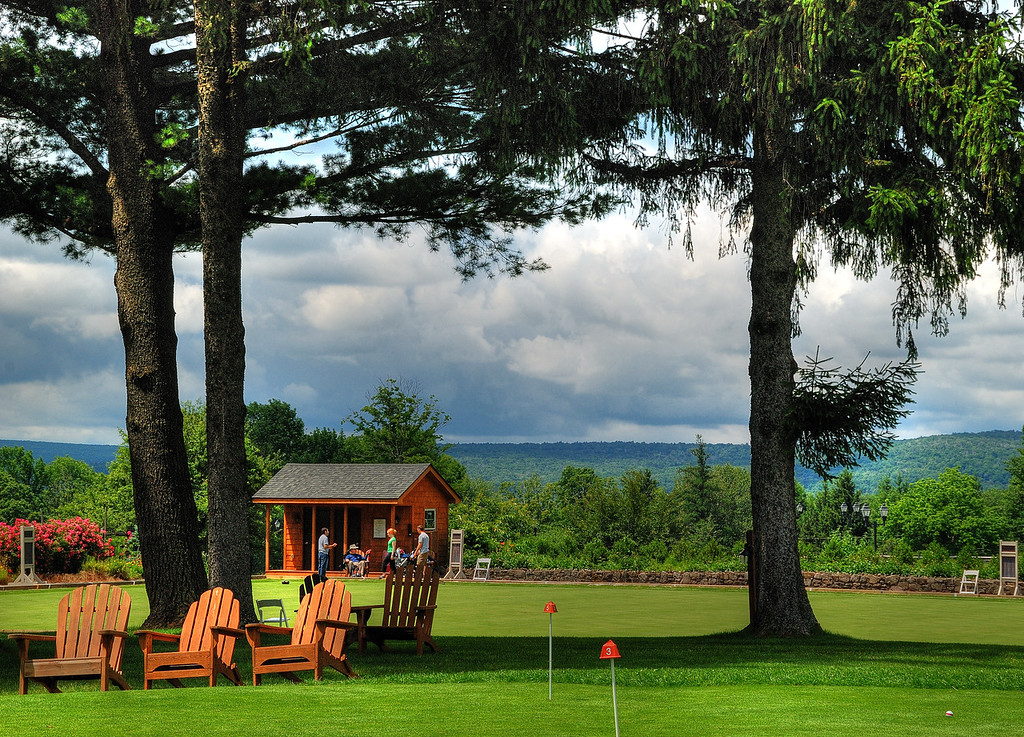mathjak107
Give me a museum and I'll fill it. (Picasso) Give me a forum ...
- Joined
- Jul 27, 2005
- Messages
- 6,206
what i did is take a rather mundane shot of a scene on a day where it was just impossible to take a picture without either over exposing the skys or crushing the darker areas. the light was just as horrible as could be.
picture 1 was shot with a d80 at zero compensation and is the best overall shot i could get.
i then took 2 more shots at +2 and -2 exposures, brought them into photomatix and fused all 3 together. got kind of a super exposure, no enhancements or light inversions done.
that is photo 2
photo 3 is 3 exposures put together and enhanced using light inversions and is a full hdr pushed a little in the inversions area...
overall picture 2 is probley the nicest of the 3 being very natural and very extended but not as showy, un-natural and flashy as the enhanced hdr in 3.
i picked these pictures because normally i would delete these shots but i used them as examples of what you can do with bad exposures and shots



picture 1 was shot with a d80 at zero compensation and is the best overall shot i could get.
i then took 2 more shots at +2 and -2 exposures, brought them into photomatix and fused all 3 together. got kind of a super exposure, no enhancements or light inversions done.
that is photo 2
photo 3 is 3 exposures put together and enhanced using light inversions and is a full hdr pushed a little in the inversions area...
overall picture 2 is probley the nicest of the 3 being very natural and very extended but not as showy, un-natural and flashy as the enhanced hdr in 3.
i picked these pictures because normally i would delete these shots but i used them as examples of what you can do with bad exposures and shots








